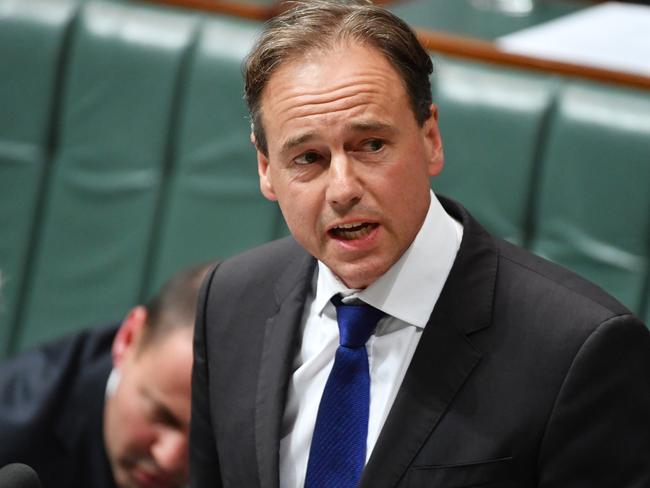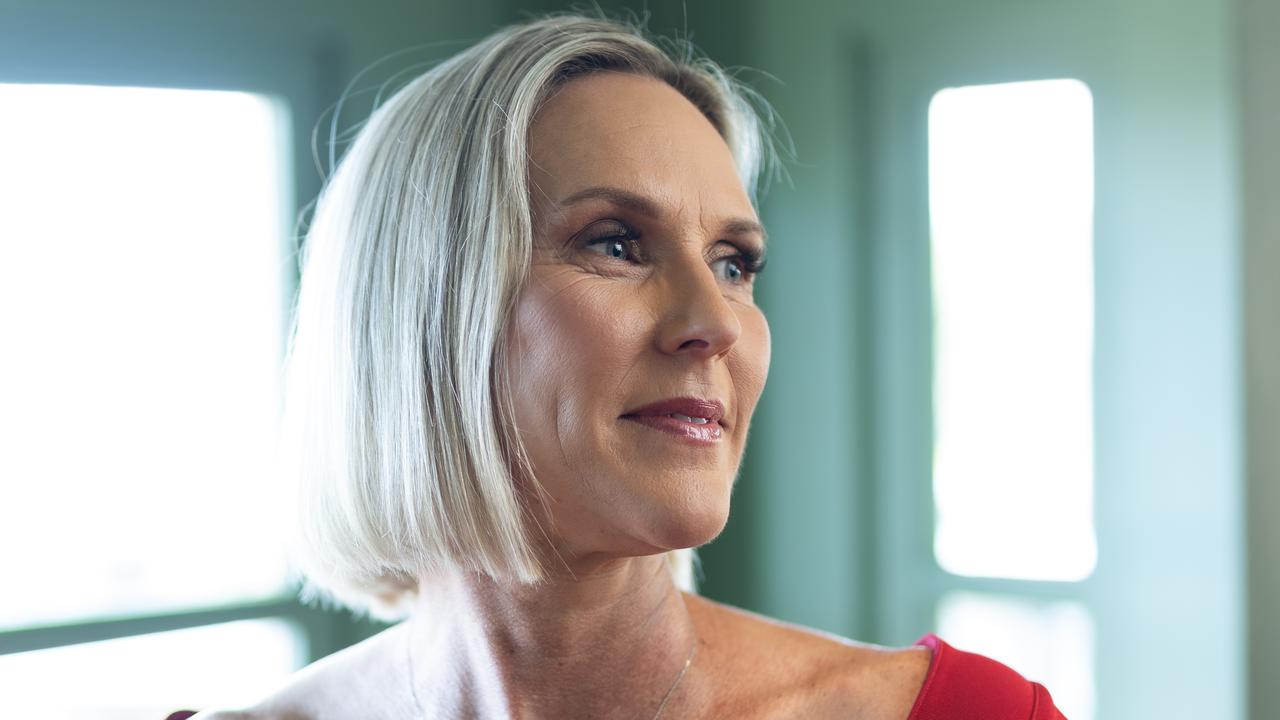Rising premiums are tipping Australians out of their health care funds
AUSTRALIANS are abandoning their health care funds and downgrading their cover at alarming rates as premiums and profits soar.
Lifestyle
Don't miss out on the headlines from Lifestyle. Followed categories will be added to My News.
HEALTH fund members are dumping and downgrading their cover at alarming rates as premiums and profits soar.
The percentage of the population with hospital cover fell to 46.6 per cent at the end of 2016, down from 47.4 per cent two years earlier. Before that, it had been rising for 15 years. Had the proportion with private insurance held at 47.4 per cent, another 200,000 people would have coverage.
The decline has been steepest in Queensland and Victoria, which have some of the most expensive average prices. The only place in the nation where fund membership is becoming more common is the Northern Territory, which has the cheapest membership.
Nationally, a further 200,000 policies covering 400,000 people have been downgraded over the past two years, News Corp Australia analysis of the official Australia Prudential Regulatory Authority data reveals.

“Private health insurance in Australia is reaching a critical tipping point, driven largely by customer concerns about affordability,” said a spokesman for Bupa, the second-largest fund, with 3.7 million members. Other big funds have expressed similar concerns.
Since 2002, the cost of private cover has been increasing at four to eight per cent a year — twice to three times the pace of overall inflation.
New federal Health Minister Greg Hunt last week revealed another rise of almost five per cent would kick in on April 1. He is casting that as a victory for the Government and consumers.
“I know that every dollar counts to families,” Mr Hunt said, “and that’s why we have fought for the lowest premium increase in a decade.
“The five major health insurers have committed to working with the government to find new ways to take the pressure off premiums.”
Mr Hunt is yet to say how he will do this.

But big funds are pushing for the Government to force more healthy, low-claiming 25- to 30-year-olds into the system under threat of future financial penalty. They also want taxpayers to pay more through a lift in the indexation rate for the private health insurance rebate.
What the funds are less keen to talk about is their own profitability. Industry gross profits surged 15 per cent to $1.73 billion in 2016 from $1.51 billion in 2015 as premium revenue grew faster than benefits paid out.
Asked if the industry needed to share some of the pain, Mr Hunt said most funds were not-for-profits. And he said the proposals for higher taxpayer rebates and increased pressure on the young to take out cover were “not Government policy”.

Labor’s health spokeswoman Catherine King said: “One of the biggest issues is transparency, and while the Government went to the election with a promise to do something to make it simpler for people to navigate private health insurance, they are yet to deliver. Australians hoping to shop around before the April 1 premium increase will find that nothing has changed and the Government hasn’t implemented the changes they said they would.”
Private Healthcare Australia CEO Rachel David said funds were “performing well in terms of what they are delivering to members” and that she hoped the industry and the Government could deliver reforms to increase transparency for consumers and reduce red tape that was driving up prices.



